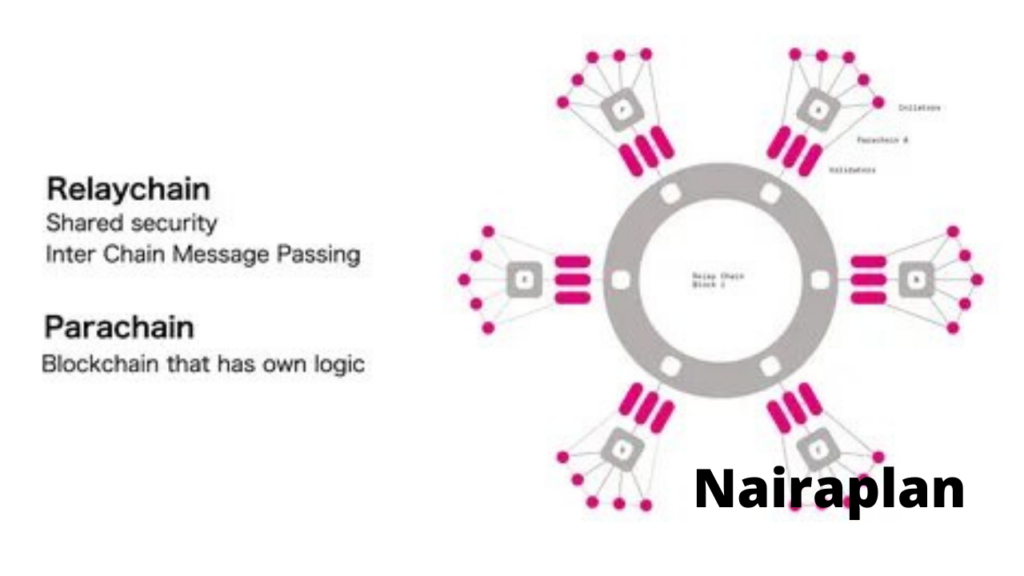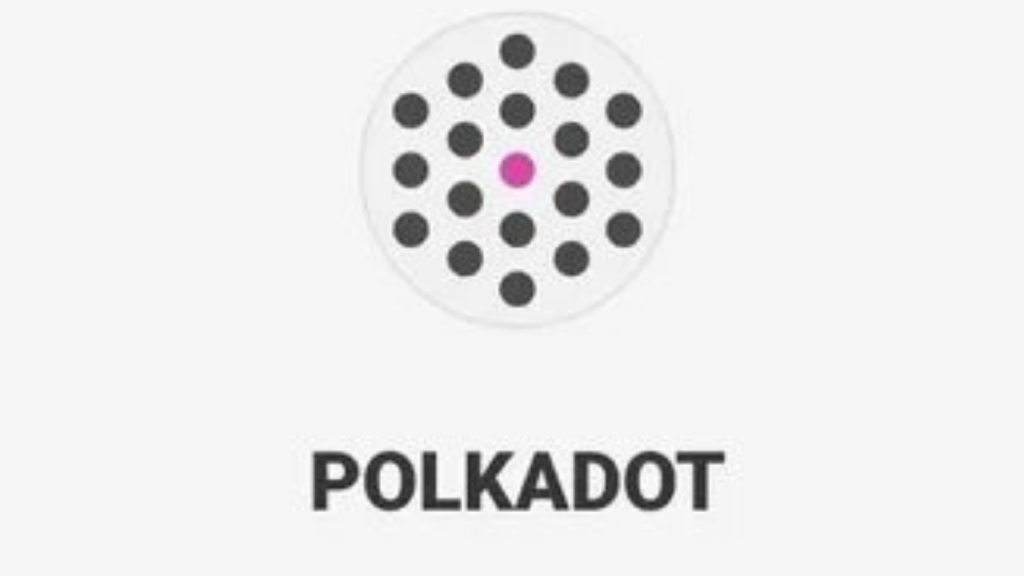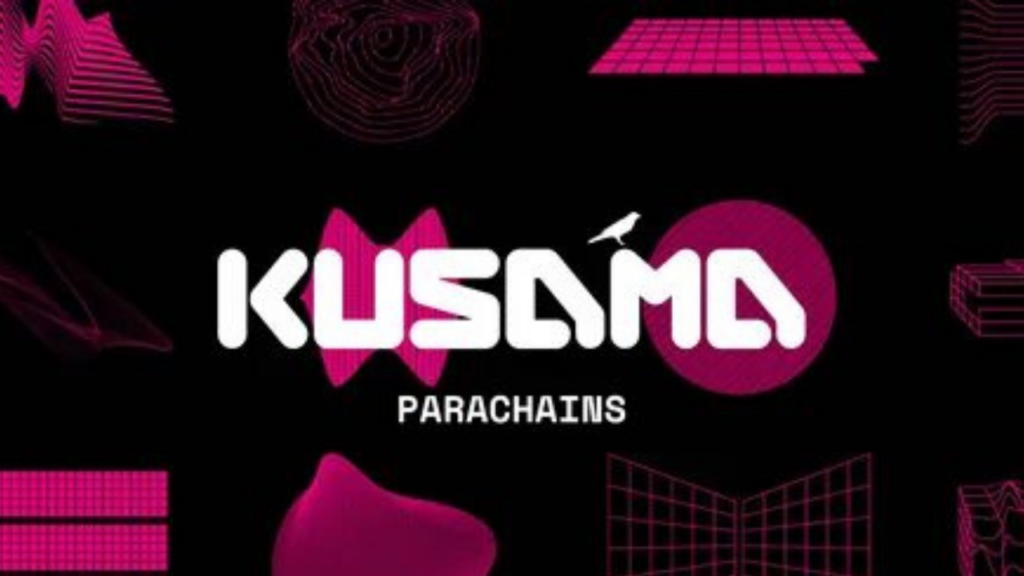Parachains. In today’s review will are going to go in-depth of prachains review here I am going to work you through the complete tutorial of polkadot and kusama prachain. Parachains blockchain is also referred to polkadot and kusama ecosystem projects.
If you can take an insight polkadot is an exchange blockchain that can connect more than two blockchain together to communicate to polkadot. They exchange with polkadot interconnected with other parachains. The parachains run parallel into the polkadot relay chain and that is how it was named parachains and that is one of the most important benefits of parachains and polkadot.
The other cons of a parachains is that it can communicate or interact with other parachain of polkadot. Keep reading because there are many more details that will be covered in this review.
Table of Contents
What is a parachains?
Parachains is a layer 1 chain joined to the layer 0 relay chain of polkadot. The relay chain is in the middle and the parachain runs directly to the relay chain. Parachains can have different methods of implementation and features it can be general or private with their own functions token and governance.

The ecosystem of parachains runs in parallel and types o data may interact between them due to polkadot cross-chain compatibility. The cross-network bridges parachains may also be joined to outward features networks such as bitcoin and ethereum and another crypto.
How do parachains work?
Polkadot and kusama are network that allows both information and tokens to be shared on them, unlike the ethereum where decentralized polkadot and kusama allow the process to create their own independent blockchains.
This can be described that each parachains can have it’s own varied such as block times transaction fees, governance mechanism, and mining rewards. Parachains gain from the polkadot and kusama networks security maintained by the relay chain, on the contrary, to relay on their set of validation nodes.
What is a polkadot?
Polkadot is a platform that allows diverse blockchains to transfer messages, including value, in a trust-free fashion; sharing their unique features while pooling their security. In brief, Polkadot is a scalable, heterogeneous, multi-chain technology.
Polkadot is heterogeneous because it is entirely flexible and makes no assumptions about the nature or structure of the chains in the network. Even non-blockchain systems or data structures can become parachains if they fulfill a set of criteria.
Polkadot may be considered equivalent to a set of independent chains (e.g. a set containing Ethereum, Ethereum Classic, Namecoin, and Bitcoin) except with important additions: pooled security and trust-free interchain transactability.

What is a kusama?
Kusama is an early release of Polkadot: a scalable, multichain network for radical innovation. Kusama serves as a proving ground that allows teams and developers to build and deploy a parachain, and experiment with Polkadot’s governance and NPoS functionality in a real environment.

Parachain Auction
Parachain auctions are auctions that are held on the Polkadot (or Kusama – network built as fast-moving ‘canary in the coal mine’ for its cousin Polkadot) relay chain to determine which blockchain will connect to the parachain slot. Once auction begins, then every project on the network is free to submit their bid to the relay chain.
Parachains are sold in an unpermissioned candle auction — a method used to auction ships in the 16th century where the winner was the highest bidder when the flame went out — which terminate after a random amount of time determined by the system.
Auctions for both Polkadot and Kusama function similarly, and teams bid using two pieces of information — their bid amount and slot duration. Project teams bid using DOT (or KSM for Kusama).
Parachain Crowdloan
Crowdloan allows a team to crowdsource DOT (for Polkadot slots) or KSM (for Kusama slots) to use to bootstrap its parachain auction. So Сrowdloan allows people to contribute by agreeing to lock up their own DOT (KSM) until the end of the lease.
Teams can reward their contributors however they see fit and can structure their crowdloan in various ways, hosting it either natively on Polkadot (Kusama) or on a 3rd-party platform.
How to join crowdloan?
When crowdloans start you’ll see a join button in the crowdloan table below. This button will lead to polkadot.js.org or to parachain project website where you may get additional bonuses from a project team for your crowdloan contribution. Both ways use Polkadot’s native crowdloan mechanism. This ensures that your DOT/KSM will be received back to you automatically. The minimum Polkadot Crowdloan contribution is 5 DOT (0.1 KSM on Kusama).
When will I get my DOT/KSM back?
If a project wins an auction then you will get your DOT/KSM back after the leasing period (96 weeks on Polkadot and 48 weeks on Kusama).
- If a project does not take parachain slot you will get your DOT/KSM back in a few days after auctions end (current batch).
- DOT/KSM back to your wallet automatically. No action on your part is required.
Conclusion
I hope by reading this article you have gained some basic knowledge about the parachains polkadot kusama. If you have any opinion about this article feel free to leave it in the comment section below and also subscribe to our newsletter to get more information about this article.

